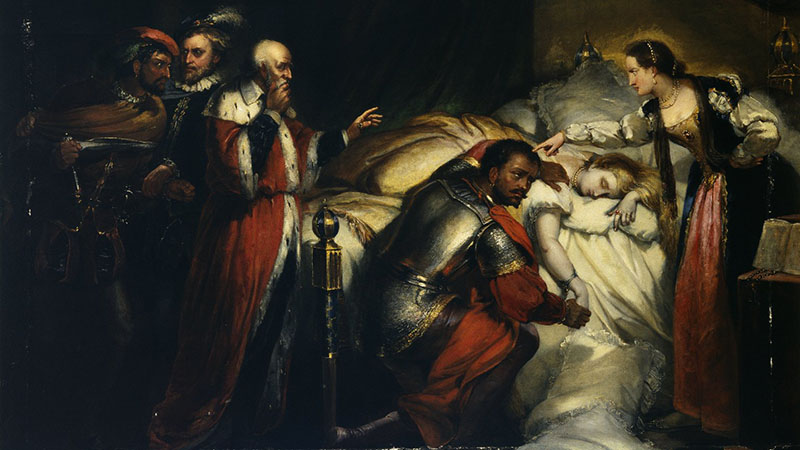Arvas, Abdulhamit. "Sexualization of Islam in Turk plays." Throughlines. www.throughlines.org/suite-content/sexualization-of-islam-in-turk-plays. [Date accessed].
Sexualization of Islam in Turk plays
Beautiful boys, circumcised men, eunuchs, and harems

In Turk plays like A Christian Turn'd Turk, The Renegado, Selimus, Tamburlaine, and Shakespeare’s Othello racial difference is sexualized, and sexual difference is racialized. These texts reveal patterns in the representation of the Mediterranean as an imagined world where racial and religious differences are often conflated and represented as failing in heterosexual norms. Racialized men of different religions are associated with homosexuality and effeminacy, and women with masculinity, witchcraft, and adultery. Once students can trace the constructions of gender, sexuality, and race in the early modern past, they begin to see how unstable these markers of difference are in the present.
Further learning

Racialized genders in the early modern world
Abdulhamit Arvas teaches on the interwoven concepts of race, religion, and gender within early modern Europe. Travel narratives offer insights on how race and religion were gendered, and how gender and sexuality became a mark of racialization.

Othello and Othello and Othello
Beginning with the play’s earliest performance, we study Othello from various critical perspectives through close analysis of the play-text and adaptations on film and stage. For several weeks students read the text of the play slowly and closely, paying particular attention to Shakespeare’s use of language, metaphor, genre, and dramatic form.
Recommended
.jpg)
Titus Andronicus as the gateway drug
Students believe they know what Romeo and Juliet or Hamlet or Macbeth mean, but rarely do those “meanings” stem from the students’ close engagements with the texts. Using Titus Andronicus at the beginning of any Shakespeare class forces students to experience Shakespeare anew.

.png)

-PaintingStudyblack.jpg)

